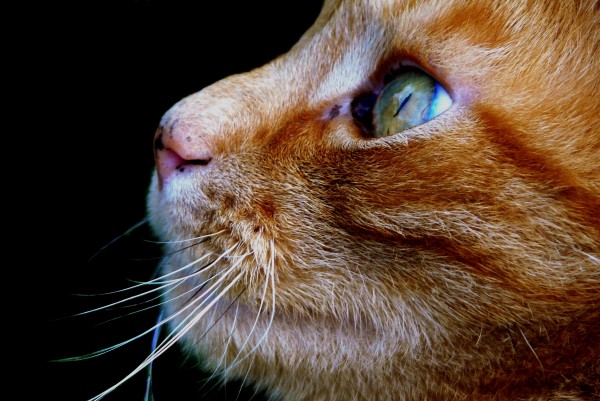Cats develop feline diabetes for many of the same reasons that people do.
And, as with people, two of the leading reasons – a diet high in carbohydrates (or sugars) and obesity – are completely preventable.
Not all causes are known, the following however are known risk factors for the development of Feline Diabetes:
- A high-carbohydrate diet
- Obesity
- Corticosteroids
- ex. Prednisone
- Chronic Diseases & Conditions:
- Pancreatitis
- Hyperthyroidism
- Acromegaly
- Hyperadrenocorticism or Cushing’s disease
- Male cats seem more prone than females
- Burmese cats in several countries have a higher incidence of Feline Diabetes
A High-Carbohydrate Diet & Obesity
High carbohydates & obesity are the leading causes of Feline Diabetes.
Cats are obligate carnivoers who have evolved to thrive on a diet that is high in protein, moderate in fat and very low in carbohydrates.
That profile is in direct contrast to the dry food that many cats eat, which is very high in carbohydrates, low in fat and only contains a moderate amount of protein.
Making sure that your cat is on a species-appropriate 100% low carbohydrate wet diet is one of the most important things that you can do to help prevent Feline Diabetes as well as many other health issues such as renal disease.
Please see Feline Nutrition: Cats are Carnivores for more information on the ideal diet for a cat.
Important Note: If your cat is on a high carbohydrate diet and also on insulin do NOT change food without joining the DCI Forum and learning how to transition your cat safely. You MUST follow the Detox Procedure to protect your cat from a clinical hypo.
Corticosteroids
Corticosteroids such as Prednisone are known to cause diabetes in cats. For that reason, they should only be used when absolutely necessary. Unfortunately for some conditions (cancer for example) there is simply no alternative than prednisone.
Depending on your cat, and the length of the steroid treatment, associated diabetes may be transitory.
Tight Regulation will help whether your cat is no longer on or is still taking steroids. If your cat is diabetic and needs to be placed on steroid treatment, the dose/scale of insulin will probably need to be increased.
Chronic Diseases & Conditions
One of the most common chronic conditions that may lead to Feline Diabetes is Pancreatitis.
Pancreatitis is common in cats with one study showing that 45% of clinically normal cats (those with no signs of any illness) showed signs of pancreatitis on autopsy.
The percentage of diabetic cats suffering from pancreatitis is even higher.
Hyperthyroidism is one of the most common glandular conditions in cats, and can cause or make Feline Diabetes more difficult to regulate.
It is becoming clear that Acromegaly is more widespread in cats than once thought, with research showing 30% of cats suffering from Feline Diabetes in the US and 25% in the UK are suffering from this disease. Acromegaly is caused by a tumour in the pituitary gland that secretes excess growth hormones and leads to severe insulin resistance. Please do join the DCI Forum if you have an Acromeglic cat: one of our founding members has had two and we have more information on this disease on the forum.
Rarer in cats than in dogs, Hyperadrenocorticism or Cushing’s disease is caused by excessive production of the hormone cortisol by the adrenal glands.
Please register to join the Diabetic Cat International Forum to learn more about:
- How to choose and safely transition your cat to a 100% wet low carbohydrate diet
- How to help your cat deal with the effect of steroids on its BGs
- How to help your cat if it is suffering from Pancreatitis, Hyperthyroidism, Acromegaly and other diseases
- …. as well as much more!
Associated Articles:
© Diabetic Cat International 2015 – 2022

